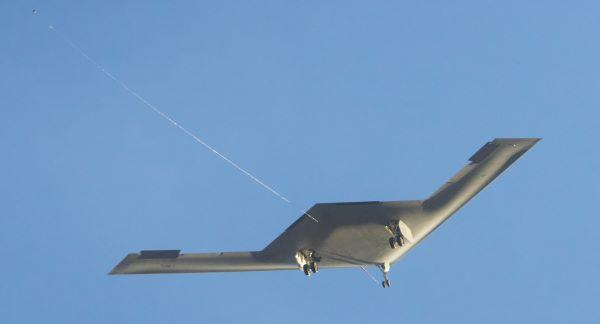
B-21 Raider first flight.
Credit: Matt Hartman
The U.S. Air Force’s next-generation bomber has flown for the first time. The Northrop Grumman B-21 Raider took to the skies over the company’s Plant 42 facility in Palmdale, California, on Nov. 10—less than one year since its first public rollout. Videos of the flight circulating on social media...
Subscription Required
This content requires a subscription to one of the Aviation Week Intelligence Network (AWIN) bundles.
Schedule a demo today to find out how you can access this content and similar content related to your area of the global aviation industry.
Already an AWIN subscriber? Login
Did you know? Aviation Week has won top honors multiple times in the Jesse H. Neal National Business Journalism Awards, the business-to-business media equivalent of the Pulitzer Prizes.



